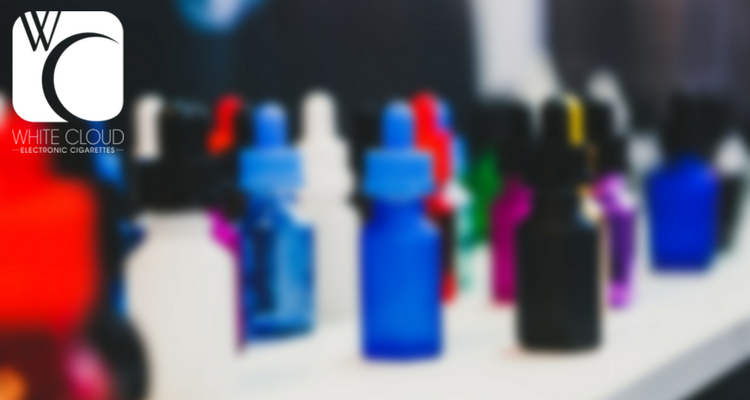Vapers currently have thousands of e-liquid flavors to choose from, but that could soon change due to the FDA’s relentless crackdown on e-cigarettes and the vaping industry. Under the guise of going after “flavored tobacco products,” the administration is now moving towards putting a ban in place on flavored e-liquids.
Of course, there’s an obvious flaw in that logic: E-liquids are as far from a tobacco product as you can get. Only the nicotine used in e-liquids also occurs in tobacco products. Although the motivations of most health care professionals are pure, their policy positions are often misguided by misinformation campaigns backed by corporate interests. Even worse, these additional regulations will make it more difficult for tobacco users to find a vapor alternative that works/tastes best for them.
Flavored Tobacco Product Regulations

In 2009, flavored tobacco products were outlawed as part of an effort to reduce youth smoking. Advocates of the ban argued that flavored cigarettes were intentionally marketed to children, and the FDA is now saying the same about flavored e-juices. However, to be fair to the FDA, Commissioner Scott Gottlieb has addressed the benefits of vaping.
“I’ve talked to ex-smokers who’ve told me that they quit cigarettes altogether, and that they now vape,” he said in a recent press statement. “And they’ve also told me it was the flavors that helped them make that transition off combustible cigarettes.” Now, the FDA wants more data on the potential of e-cigs as tools for tobacco harm reduction.
Shop Now: White Cloud Premium E-Liquid
Do E-Liquid Flavors Attract Youth?

There’s already some data on the subject of e-liquid flavors and youth smoking, but the results of various studies have been largely distorted. Surveys have shown that youth who try e-cigs are indeed more likely to try tobacco products, but that doesn’t necessarily imply cause and effect.
A large portion of the e-liquid industry uses brand names, labeling, and marketing that, to many, would appear to be explicitly targeting the youth. With flavors and packaging that mimic the shelves of a candy aisle, these manufacturers claim they are purely going for a “nostalgia-feel” for their adult customers, but fail to see the appeal of their products to a younger crowd. Whether it’s ignorance, or irresponsibility, as the FDA continues to tighten the belt on e-liquid flavors, manufacturers will quickly find out that new laws will no longer permit these types of practices.
What is an ANPRM?
In March 2018, the FDA published an advanced notice of proposed rulemaking, or ANPRM, in the federal register announcing its intention to more tightly regulate e-liquid flavors, and the e-cigarette industry as a whole. The publication of the ANPRM kicked off a 90-day public comment period to seek input from manufacturers, physicians and special interest groups. In turn, organizations like the American Vaping Association, CASAA and SFATA will gather opinions from vapers and e-cig vendors to craft formal responses to the ANPRM.
Want your voice to be heard? CASAA, the Consumer Advocated for Smoke-Free Alternatives Association, is currently accepting testimonials from e-cig users. You can submit your story here.
More FDA News: The FDA’s New Approach to Vaping Regulations
E-Cigs in the Pharmacy? OTC Classification for E-Cigs Looms
In addition to all of that, the FDA has also presented the idea of regulating e-cigs as pharmaceutical products. Other countries have taken this approach: In Australia, vapers must get a doctor’s prescription to obtain e-liquids from a pharmacy for the purpose of beating their tobacco addictions.
Placing e-cigs on this path would give the FDA more funding to study the safety and benefits of vaping. Plenty of studies have already been conducted, which is why other countries already treat e-cigs on the same level as a medical devices. While such a system isn’t ideal, it’s more sensible than a full ban of e-cigarettes.






